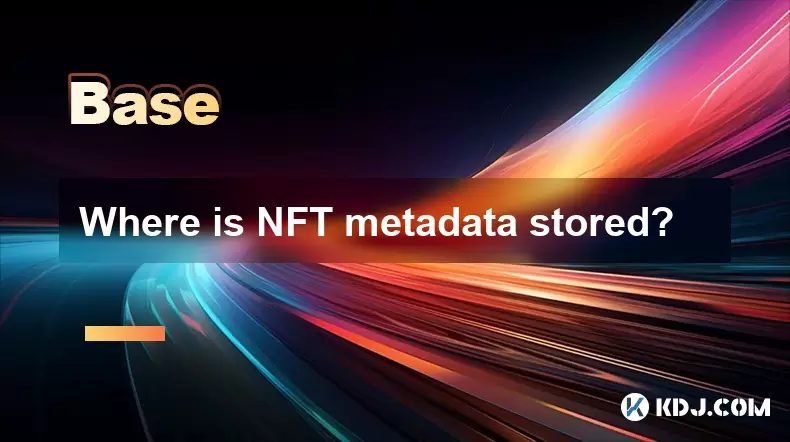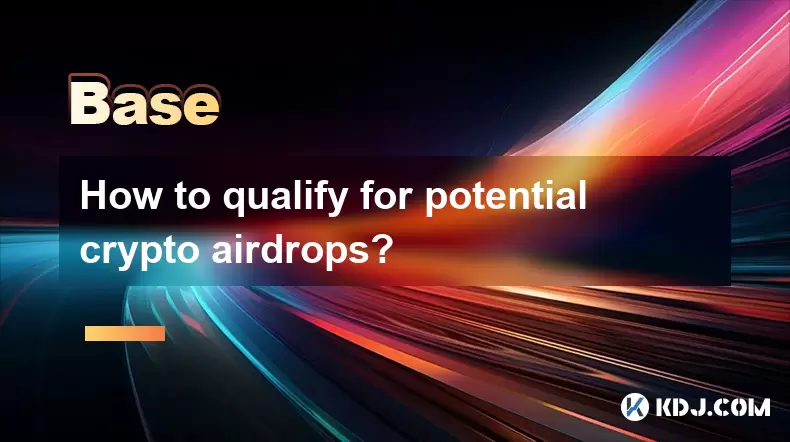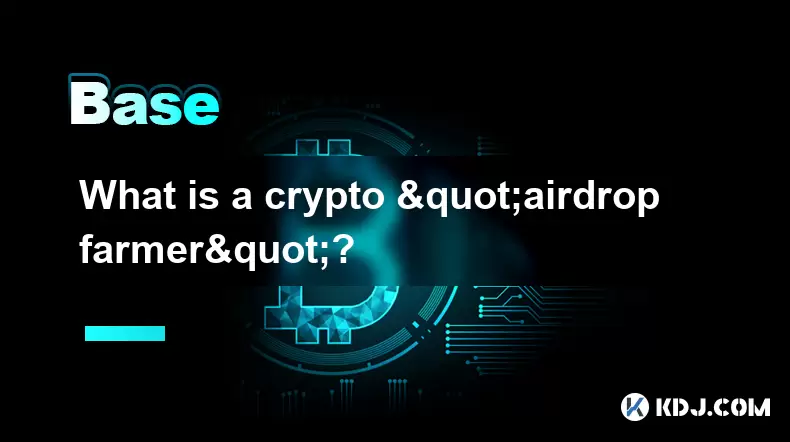-
 Bitcoin
Bitcoin $115100
-2.99% -
 Ethereum
Ethereum $3642
-1.38% -
 XRP
XRP $3.027
-5.51% -
 Tether USDt
Tether USDt $1.000
-0.05% -
 BNB
BNB $763.4
-1.32% -
 Solana
Solana $177.2
-5.42% -
 USDC
USDC $0.9999
-0.02% -
 Dogecoin
Dogecoin $0.2247
-6.47% -
 TRON
TRON $0.3135
0.23% -
 Cardano
Cardano $0.7824
-4.46% -
 Hyperliquid
Hyperliquid $42.53
-0.97% -
 Stellar
Stellar $0.4096
-6.09% -
 Sui
Sui $3.662
-2.61% -
 Chainlink
Chainlink $17.63
-3.57% -
 Bitcoin Cash
Bitcoin Cash $536.3
2.94% -
 Hedera
Hedera $0.2450
0.34% -
 Avalanche
Avalanche $23.23
-3.15% -
 Litecoin
Litecoin $112.2
-1.23% -
 UNUS SED LEO
UNUS SED LEO $8.976
-0.30% -
 Shiba Inu
Shiba Inu $0.00001341
-2.72% -
 Toncoin
Toncoin $3.101
-2.44% -
 Ethena USDe
Ethena USDe $1.001
-0.05% -
 Uniswap
Uniswap $10.08
-1.97% -
 Polkadot
Polkadot $3.938
-2.77% -
 Monero
Monero $323.9
0.87% -
 Dai
Dai $0.9999
-0.02% -
 Bitget Token
Bitget Token $4.481
-1.69% -
 Pepe
Pepe $0.00001199
-5.94% -
 Aave
Aave $288.2
-0.68% -
 Cronos
Cronos $0.1279
0.36%
Where is NFT metadata stored?
NFT metadata, stored on-chain or via decentralized systems like IPFS, defines an NFT's traits and ensures its uniqueness and accessibility across platforms.
Jul 24, 2025 at 02:07 pm

Understanding NFT Metadata
NFTs, or non-fungible tokens, are unique digital assets that represent ownership of a specific item or piece of content, often leveraging blockchain technology. Metadata plays a crucial role in defining the characteristics of an NFT, including its name, description, attributes, and links to the actual digital file. This metadata is essential for users to understand what the NFT represents and how it can be utilized.
On-Chain vs. Off-Chain Storage
When discussing where NFT metadata is stored, it is important to distinguish between on-chain and off-chain storage solutions. On-chain storage refers to the practice of storing metadata directly on the blockchain. While this method offers a high level of security and immutability, it can be costly and inefficient due to the limited space and high gas fees associated with blockchain transactions.
Off-Chain Storage Solutions
In contrast, off-chain storage involves keeping metadata on external servers or platforms, which are not part of the blockchain itself. Popular choices for off-chain storage include centralized servers, cloud storage services like AWS, or decentralized storage solutions like IPFS (InterPlanetary File System). This approach allows for more flexibility and scalability, as it can handle larger amounts of data without the constraints of blockchain storage.
Decentralized Storage with IPFS
IPFS has gained traction as a favored solution for storing NFT metadata due to its decentralized nature. When using IPFS, files are stored across a network of nodes, making them more resilient to failures and censorship. Each file is given a unique hash, which acts as a permanent link to that specific piece of data. NFT creators often upload their digital assets to IPFS and then store the resulting hash on the blockchain, ensuring that the metadata remains accessible while benefiting from the decentralized infrastructure.
Metadata Standards and Formats
To ensure interoperability and consistency across various platforms, several standards have emerged for NFT metadata formats. The ERC-721 and ERC-1155 standards on the Ethereum blockchain provide guidelines for how metadata should be structured and accessed. These standards typically include fields for name, description, image URL, and attributes, allowing marketplaces and wallets to display NFTs correctly. As the NFT ecosystem evolves, adherence to these standards helps maintain a cohesive user experience across different platforms.
Frequently Asked Questions
What is the difference between NFT metadata and the actual NFT?
NFT metadata refers to the information that describes the NFT's properties, while the NFT itself is the token that represents ownership on the blockchain. The metadata includes details like name, description, and links to the digital file, whereas the NFT is a unique token that signifies ownership rights.
Can NFT metadata be changed after minting?
Once an NFT is minted, the metadata stored on the blockchain is generally immutable. However, if the metadata is stored off-chain, such as on a centralized server or IPFS, it may be possible to update the information if the creator retains control over the storage solution. This flexibility can lead to potential issues of trust and authenticity.
Why is IPFS preferred for storing NFT metadata?
IPFS is favored for its decentralized structure, which enhances data resilience and reduces the risk of data loss. By distributing files across a network of nodes, IPFS ensures that NFT metadata remains accessible even if some nodes go offline, providing a more reliable storage solution compared to centralized alternatives.
How can I verify the authenticity of NFT metadata?
To verify the authenticity of NFT metadata, users can check the blockchain transaction that minted the NFT. The transaction will include the metadata hash if it is stored on-chain. If stored off-chain, users can follow the provided link to ensure it leads to the correct and intended metadata, especially if it's hosted on a trusted platform like IPFS.
Disclaimer:info@kdj.com
The information provided is not trading advice. kdj.com does not assume any responsibility for any investments made based on the information provided in this article. Cryptocurrencies are highly volatile and it is highly recommended that you invest with caution after thorough research!
If you believe that the content used on this website infringes your copyright, please contact us immediately (info@kdj.com) and we will delete it promptly.
- Bitcoin Swift (BTC3): Last Call for Presale Stage 1!
- 2025-07-25 23:10:12
- Kiyosaki's Crypto Playbook: Ditching Paper for Real Assets Like Bitcoin
- 2025-07-25 22:30:11
- Satoshi-Era Whales Stir the Bitcoin Pot: What's the Deal?
- 2025-07-25 22:30:12
- Pi Coin Value in Indian Rupees (INR) 2024: Decoding the Hype
- 2025-07-25 21:45:50
- Crypto Investing: Top Picks and Meme Coin Mania in '25
- 2025-07-25 21:52:07
- Ark Invest's Portfolio Rebalance: Coinbase, Block, and the Crypto Shift
- 2025-07-25 21:52:07
Related knowledge

What is the difference between CeFi and DeFi?
Jul 22,2025 at 12:28am
Understanding CeFi and DeFiIn the world of cryptocurrency, CeFi (Centralized Finance) and DeFi (Decentralized Finance) represent two distinct financia...

How to qualify for potential crypto airdrops?
Jul 23,2025 at 06:49am
Understanding What Crypto Airdrops AreCrypto airdrops refer to the distribution of free tokens or coins to a large number of wallet addresses, often u...

What is a crypto "airdrop farmer"?
Jul 24,2025 at 10:22pm
Understanding the Role of a Crypto 'Airdrop Farmer'A crypto 'airdrop farmer' refers to an individual who actively participates in cryptocurrency airdr...

What is the difference between a sidechain and a Layer 2?
Jul 20,2025 at 11:35pm
Understanding the Concept of SidechainsA sidechain is a separate blockchain that runs parallel to the main blockchain, typically the mainnet of a cryp...

What is the Inter-Blockchain Communication Protocol (IBC)?
Jul 19,2025 at 10:43am
Understanding the Inter-Blockchain Communication Protocol (IBC)The Inter-Blockchain Communication Protocol (IBC) is a cross-chain communication protoc...

How does sharding improve scalability?
Jul 20,2025 at 01:21am
Understanding Sharding in BlockchainSharding is a database partitioning technique that is increasingly being adopted in blockchain technology to enhan...

What is the difference between CeFi and DeFi?
Jul 22,2025 at 12:28am
Understanding CeFi and DeFiIn the world of cryptocurrency, CeFi (Centralized Finance) and DeFi (Decentralized Finance) represent two distinct financia...

How to qualify for potential crypto airdrops?
Jul 23,2025 at 06:49am
Understanding What Crypto Airdrops AreCrypto airdrops refer to the distribution of free tokens or coins to a large number of wallet addresses, often u...

What is a crypto "airdrop farmer"?
Jul 24,2025 at 10:22pm
Understanding the Role of a Crypto 'Airdrop Farmer'A crypto 'airdrop farmer' refers to an individual who actively participates in cryptocurrency airdr...

What is the difference between a sidechain and a Layer 2?
Jul 20,2025 at 11:35pm
Understanding the Concept of SidechainsA sidechain is a separate blockchain that runs parallel to the main blockchain, typically the mainnet of a cryp...

What is the Inter-Blockchain Communication Protocol (IBC)?
Jul 19,2025 at 10:43am
Understanding the Inter-Blockchain Communication Protocol (IBC)The Inter-Blockchain Communication Protocol (IBC) is a cross-chain communication protoc...

How does sharding improve scalability?
Jul 20,2025 at 01:21am
Understanding Sharding in BlockchainSharding is a database partitioning technique that is increasingly being adopted in blockchain technology to enhan...
See all articles

























































































